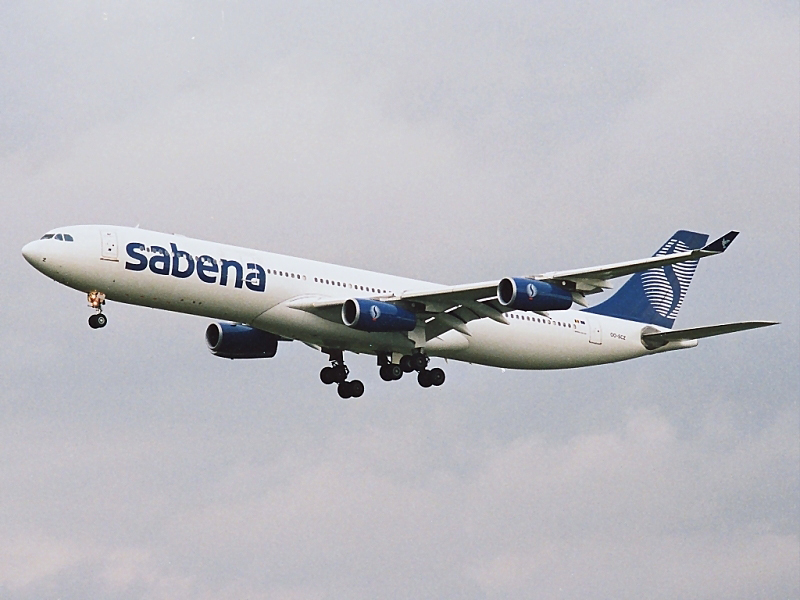On October 4, 1957, the Soviet Union launched a small metal sphere into low Earth orbit. Equipped with four external radio antennas, Sputnik 1 not only revolutionised telecommunications, but helped to kick-start the space race.
For the United States, at least, the Space Age began not with glory but with worldwide humiliation.

Sputnik 1 ?????????? ???????-1 or Prosteyshiy Sputnik-1, “Elementary Satellite 1”) was the first artificial Earth satellite. The Soviet Union launched it into an elliptical low Earth orbit on 4 October 1957. It was a 58 cm (23 in) diameter polished metal sphere, with four external radio antennas to broadcast radio pulses. It was visible all around the Earth[citation needed] and its radio pulses were detectable. This surprise success precipitated the American Sputnik crisis and triggered the Space Race, a part of the Cold War. The launch ushered in new political, military, technological, and scientific developments.
Sputnik 1 was launched during the International Geophysical Year from Site No.1/5, at the 5th Tyuratam range, in Kazakh SSR (now known as the Baikonur Cosmodrome). The satellite travelled at about 29,000 kilometres per hour (18,000 mph; 8,100 m/s), taking 96.2 minutes to complete each orbit. It transmitted on 20.005 and 40.002 MHz, which were monitored by amateur radio operators throughout the world. The signals continued for 21 days until the transmitter batteries ran out on 26 October 1957. Sputnik burned up on 4 January 1958 while reentering Earth’s atmosphere, after three months, 1440 completed orbits of the Earth, and a distance travelled of about 70 million km (43 million mi).



